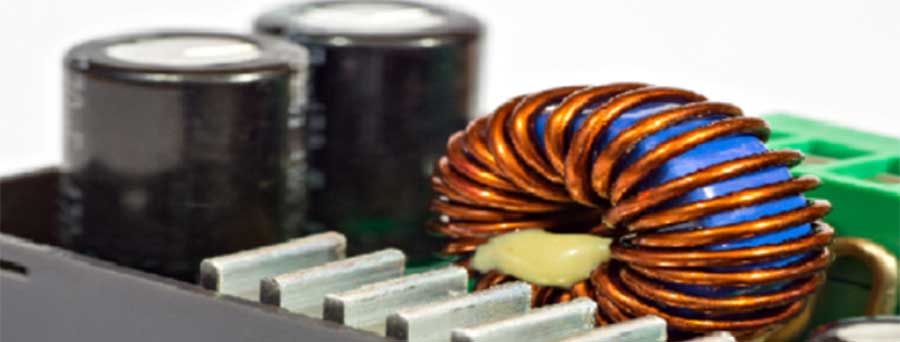When comparing a toroid to other conventional, laminated transformers, toroids often are seen as the better option. Toroids offer many benefits, making them the most reasonable option for many power transformer applications. Toroidal transformers are used in various medical, consumer electronics, and military industries. With the correct custom coil winding, toroids are an excellent option for many electrical applications.
What is a toroidal transformer?
These transformers operate under the strict principles of electromagnetic induction. This is similar to a linear transformer. It features a complete circle core with two sets of windings (primary and secondary). As currents flow through the primary winding, an electromagnetic force, or EMF, generates a current within the secondary winding. The process of going through both windings lets power be transferred seamlessly, without disruption.

A toroid is lightweight and small when compared to other conventional laminated transformers. The circular shape ensures a symmetrical spread over the entire core, shortening wavelengths. The direction of magnetic flux within a toroid creates a great deal of weight and volume saving. As electronics become smaller and more compact, toroids become much more critical. A toroid can be mounted with a single screw, which also helps to save space and weight.
In most cases, a toroid is more efficient than other laminated transformers. A toroid runs at a significantly higher flux density than EI laminate because it has a reduced number of required turns. On average, toroids run at up to 95% efficiency depending on the custom coil winding, whereas an EI laminate has trouble reaching 90%. Besides getting small and compact electronics, they must also become more energy efficient.

